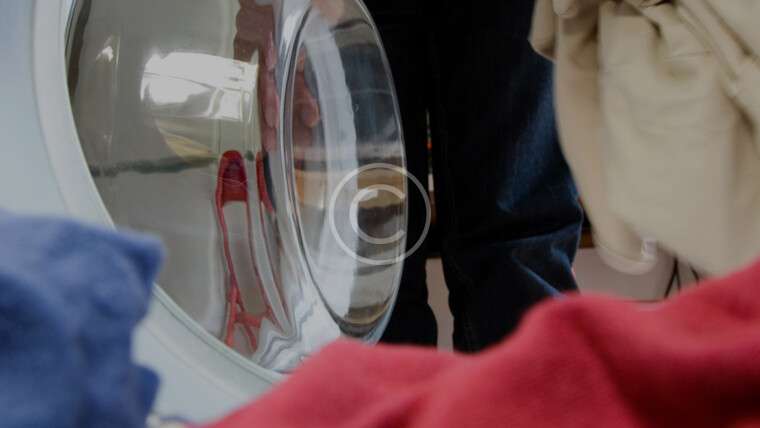COMMENTARY AND QUESTIONS: The United States is suffering a shortage of licensed physicians and registered nurses to provide primary health care. While the physician shortage is profession-wide, there is a greater shortage of primary care physicians than specialty physicians. Further, the United States is suffering from physician maldistribution, with more physicians (primary and specialty) choosing to practice in affluent urban areas as opposed to more economically depressed rural areas. Rural community hospitals that depend upon physician referrals for inpatient admission, outpatient surgery, and diagnostic testing revenues are suffering because there aren’t enough physicians to generate sufficient revenues for the hospital to be financially viable. Rural patients who have the economic means and ability are responding to the primary care shortage by seeking primary care in the urban areas, which means that they are referred to urban hospitals for inpatient admission, outpatient surgery and diagnostic testing. ![]()
Hospitals across the U.S. have critical shortages of nursing staff and are suffering the consequences of inadequate patient throughput. Patient throughput is the process of moving patients through the hospital at the appropriate time in the patient’s treatment so that the patient’s bed can be opened for a new revenue-generating patient. For example, an ICU patient should be moved to a lower-care medical-surgical floor as soon as possible so that the ICU bed is available for a new patient. Similarly, this same patient should be moved to a rehabilitation hospital as soon as they no longer need acute care so that the patient’s medical-surgical bed is available for a new revenue-generating patient. In some instances, patient throughput is being slowed down because there isn’t enough nursing staff on the medical-surgical floor to receive patients from the ICU or other higher care areas. The inability to move patients through the hospital to lower levels of care (and ultimately to discharge) negatively impacts the hospital’s revenues. APA
The combination of primary care physician shortages, physician maldistribution negatively impacting the rural areas, and critical nurse staffing shortages have a cumulative negative effect on rural community hospitals. Please discuss the following:
1. What are managerial actions that a rural community hospital CEO can take to alleviate the revenue shortfalls of the maldistribution of primary care physicians and inefficient patient throughput caused by nurse staffing shortages?
2. Should the CEO seek to recruit primary care physicians and/or nurses from foreign countries to move into the rural community and establish a professional practice in the community? If yes, there would be additional primary care physicians to make patient referrals to the hospital (e.g., revenue-generating) and additional nurses to staff the hospital clinical service locations so that patients could be moved through quicker.
3. However, what is the effect of recruiting international medical and nurse graduates to the United States on the global health care economy in less developed countries? Does the CEO have a socio-ethical duty to not recruit qualified medical practitioners away from their home country when they are sorely needed to take care of patients in that home country; or is the CEO’s duty to their own rural community in the United States?



